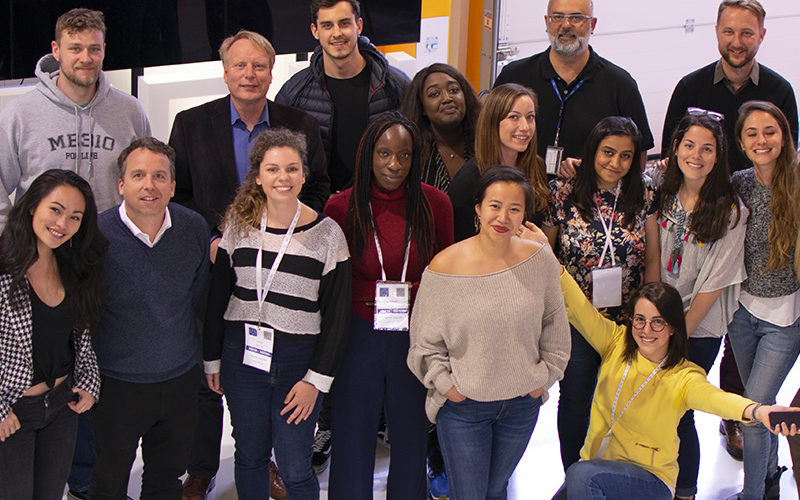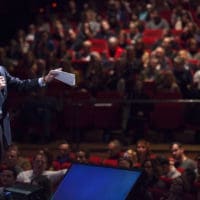

CERN & CREA: SCIENCE WITH SOCIAL MEDIA INSIDE!
Markus Nordberg is Head or Resources Development at CERN. He shares with us the unexpected benefits of the collaboration between CREA & IdeaSquare, the CERN’s Development and Innovation Unit.
Why the collaboration with CREA is so important to you?
In IdeaSquare there are many successes but also many shortfalls… One of them is a complete lack of attention to social media. We obviously understand it’s important in particular in addressing the younger generation, let’s say less than 35. As for the external community we have more or less prompted, at least in the Geneva area, in terms of the aspects linked to the societal parts. We are quite happy and ready with the exposure we have with our different partners around the world. Our societal impact of humanitarian, health, or linked to industrial activities, startups, entrepreneurship, and innovation process is quite satisfactory.
However, within the CERN community, a group of probably 15’000 people, we have found it more challenging. We’ve had several attempts to reach out that were not successful. We don’t pay attention to social media, few of us tweet, we are certainly not using Instagram, Linkedin, etc. We’re using Facebook but in a rather suboptimal, stochastic or even random way. So when the opportunity to collaborate with CREA came up, I thought it would be wonderful to have a group dedicated on that. And it exceeded my expectations! The student’s enthusiasm and their professionalism really made a great impression not only to me, but to all my colleagues as well. So, if this is the type of quality and dedication and enthusiasm that “Grand Genève” has, we are certainly very interested in taking this forward.
How did the CERN community welcomed CREA students as they are not physics students?
I have been very pleased with the reaction of the community inside CERN. Here, people are extremely tolerant – one of the nice things in CERN is tolerance, understanding and commitment – to students and not only to physics students. They really cared about them.
What surprised you most in this collaboration?
The students showed us what kind of platforms strategies we should consider for each of types of tools. Based on some research they did, they captured the composition of the CERN community. They discovered so many interesting facts, conclusions and data!
Now all my colleagues want to see the data and learn from it.
The students have also proposed to us, to tap the CERN community potential. For example, we should use more Linkedin which – it’s a trivial thing – I had never thought about. I was expecting the students to do a good job, but what was really impressive is that they came with a holistic view. Usually when you give students a project, you get something from the left, from the right, but there’s no connectivity, no consideration that maybe we should talk together as a group, if not to other teams. This was not the case here. The teams had clearly talked to each other, sharing and helping each other. So, this holistic view, system-driven approach, was quite unexpected for me and I was very impressed!
Your last word?
Could you ask me if this experience with CREA make a difference? Yes, it makes a great difference and does an impact. Now, because of the contacts generated through CREA students, we have now two people from our community helping us on a voluntary basis! They took over the plans the students laid out, not with the same intensity perhaps, but anyway, the intent is there. And I am very pleased to discuss what we could do with CREA as the next step J.
This interview was conducted by Illyria Pfyffer









